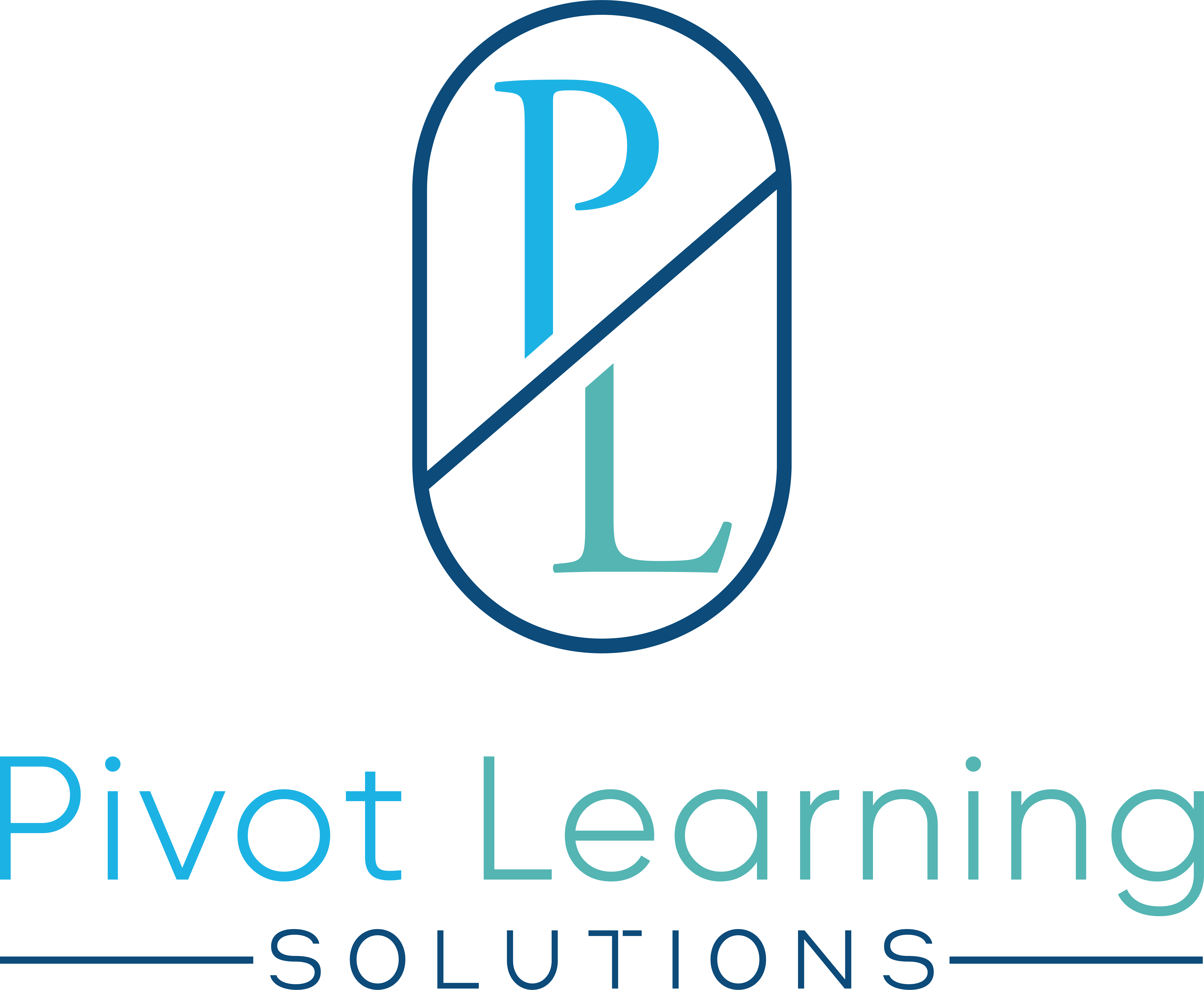Understanding The Challenges of Change & Learning
“No change is possible without learning, and no learning without change.” In the diverse era of complex organizations, change is inevitable and often necessary for growth and adaptation. However, achieving real and lasting change can be a daunting task, and one can obtain this with challenges and obstacles. For instance, you will encounter resistance to cultural barriers and resource constraints in getting real and lasting change in your business organizations and small or big startups. To overcome all hurdles that come in the way of lasting change, business organizations should highly encourage the culture of learning new skills that enhance their change management capabilities.
Let us explore the intricate relationship between change and learning! Also, it is important to shed some light on the struggles associated with change and emphasize the importance of acquiring new skills to facilitate sustainable change within organizations.
Association Between Change and Learning
Thinking change and learning are different? No, there is a profound and symbiotic association between change and learning. Remember, learning serves as a catalyst for successful change implementation. If organizations and individuals embrace continuous learning, they develop the skills needed to navigate and adapt to change effectively. Learning equips individuals with the tools to understand the rationale behind change. It lets individuals embrace innovative ideas and perspectives to develop innovative solutions and drive meaningful transformation. In turn, change creates opportunities for experiential learning, where individuals can apply newly acquired skills in real-world scenarios to achieve desired outcomes. Additionally, this ongoing cycle of learning and change fosters agility and growth and enables organizations to thrive in an ever-evolving environment.
Struggles Associated with Big and Lasting Change
Why do people struggle with change or why is it difficult to adapt to change? There are a lot of challenges and hurdles that business organizations face to get a meaningful change in their vision. For instance, some of the important and most observed challenges are listed here after collecting insights from industrial experts. Let us dive into these challenges and learn the ways to overcome these challenges to get sustainable change for growth!
Resistance From Stakeholders
Resistance from stakeholders is one of the primary struggles organizations face when implementing change. This can include employees, managers, executives, and even external partners or clients. Stakeholders often resist because of fear of the unknown, job security, or of moving away from familiar structures.
Organizational Cultural Barriers
Organizational culture impacts change efforts widely either by supporting or hindering. A resistant or nonsuppurative culture poses significant barriers to creating impactful change. Such organizations having rigid cultural norms and beliefs require deliberate effort to address changing attitudes and desired outcomes associated with change.
Lack Of Effective and Clear Communication
Clear and effective communication is crucial for successful change implementation. Organizations may fail to convey a clear and consistent message to describe the mission behind change. For instance, what will be the desired outcomes and the roles and responsibilities of organizational members after creating any impactful change? The lack of clear communication among organizational teams and trainers can lead to confusion and misinformation that increases fear and resistance.
Resource Constraints
You need significant resources to create lasting change, and these may include the following resources:
- Financial investment
- Time
- Expertise
- Technological support
- Workforce buy-in
Some organizations may struggle to find adequate resources. For instance, they may fail to initiate change, leading to delays, compromises in quality, or incomplete implementation.
Change Fatigue
Changing initiatives can sometimes result in “change fatigue” among employees and organizations. This occurs when individuals come with frequent changes without sufficient time for adaptation and consolidation. Thus, this change in fatigue can lead to decreased morale, increased resistance, and lower engagement levels.
Absence of Committed Leadership
Creating lasting change requires strong leadership that is committed at all levels of the organization. Lack of full commitment and alignment by leaders causes hindrance in the creation of lasting change and as a result confusion and inconsistency occur that undermine the effectiveness of change efforts.
Inadequate Change Management Practices
Effective change management practices are essential for navigating the complexities of real and lasting change. Organizations may struggle with implementing robust change management frameworks. For instance, they struggle with organization engagement, communication plans, risk negotiating strategies, and measurement of progress and impact.
Not Liking Change
Although change might be unsettling for some people, it is now a necessary aspect of working life. Identifying the aspects of change that cause you discomfort and devising strategies to manage those emotions is the first step. This first step of finding will help you to accept your change with courage.
Understanding Change
Change can mean many different things. For instance, change in any business organization can lead to new policies or moving offices. Start to learn why the change is happening to keep you comfortable with change. Once you understand, it becomes easier to explain to others instead of fearing it.
Managing Different Opinions
People may face the big challenge of dealing with other’s opinions after change takes place. Everyone sees change differently, and that’s okay, and people might focus on how it affects them personally. However, to manage this, think about how each person might react and plan your approach accordingly.
Knowing Your Role
In substantial changes, it is important to know who does what. Understanding your duties helps you support your team and colleagues better.
Dealing with Resistance
Sometimes, even if you like a change, others might not. It is important to understand why people might resist and find ways to get everyone back on the same page.
Embracing Innovation
Change is often linked to innovation, which is great for staying ahead. But it is essential to manage both change and innovation together for success.
Why Is It Crucial to Acquire New Skills?
In an era of organizational learning and training, learning new skills is crucial for several compelling reasons. For instance, the emergence of new tools and techniques demands learning new skills to meet organizational goals and industry trends. Furthermore, skill learning provides opportunities for growth opportunities and professional development that increase employee engagement and job satisfaction.
Additionally, acquiring new skills encourages an innovative and flexible culture within the company. Workers may promote organizational success and competitiveness in the market by exchanging innovative ideas, creative solutions, and inventive tactics.
On top of all, acquiring new skills gives workers the growth mentality and resilience they need to overcome obstacles successfully.
Learning New Skills for Effective Change Implementation
Learning new skills is essential for organizations and individuals to adapt and prosper because change is inevitable. Here is why acquiring new skills is crucial for change to take place effectively:
Adaptation To New Technologies
In today’s organizations, one of the main forces causing change is technological innovation. Acquiring new technological competencies enables workers to make efficient use of newly developed tools, platforms, and systems. For instance, teams can remain inventive and competitive in the digital age by receiving training in cloud computing, data analytics, or digital marketing techniques.
Embracing Change Management Practices
The specialty of change management is leading teams and individuals through organizational transitions. Learn the following change management techniques to enhance the organization’s ability to implement smooth change to achieve desired outcomes.
- Stakeholder engagement
- Communication planning
- Resistance management
- and performance monitoring
Leverage Communication and Collaboration
Foster effective communication and collaboration to implement sustainable change. For instance, learn various skills related to clear and persuasive communication.
- Active listening
- Conflict resolution
- Teamwork
Develop Critical Thinking and Critical Thinking Skills
Change often brings challenges and uncertainties that require critical thinking and problem-solving abilities. Various skill learning helps employees analyze complex situations, identify problems, generate creative solutions, and make informed decisions to deal with challenges.
Building Resilience and Adaptability
Individual and team resiliency and adaptability are essential to deal with disruptive situations that might occur after a change in an organizational setting. For instance, learning
- Resilience-building techniques
- Stress management strategies.
- Adaptive behaviors help employees navigate change with confidence and a positive mindset.
Cultivate Leadership and Influencing Skills
Leadership and influencing skills are essential for driving change and gaining market success. Employees should learn ways to inspire, motivate, empower, and engage others because it grows a culture of change and encourages initiative-taking participation to create real change at all levels of the organization.
Leverage Continuous Learning and Growth Mindset
Finally, continuous learning and a growth mindset are fundamental for emerging adaptation and improvement. Organizations should encourage a learning culture and offer access to learning resources and development resources to promote continuous improvement and change readiness.
The Bottom Line
Change and learning go hand in hand and are crucial for sustainable business growth. No one can get success with a rigid mindset without accepting change and learning current techniques. Employees or teams struggle to get real and lasting change because they are not willing to accept the changes and do not understand the change. Thus, learning new skills and adapting to the ebb and flow of change is crucial to get desired outcomes in business organizations that demand to be powerful to move forward toward big and lasting change.


